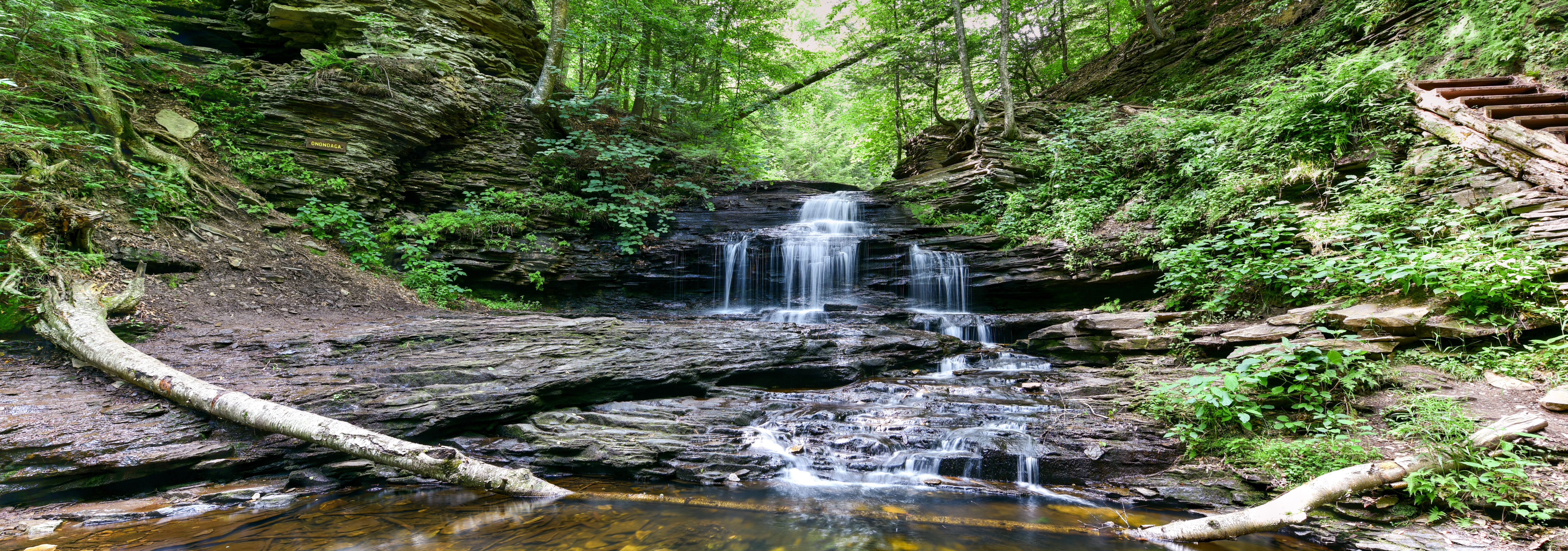The West Virginia Landslide Risk Assessment: What LiDAR-Based Mapping in the Mountain State Shows about Pennsylvania Landslides
Presenter
Dr. J. Steven Kite
Please read: After registering on our site you'll receive a PCPG confirmation email indicating Action Required in the subject line. Your registration is not complete until you click through the unique link in that email directing you to the GoToWebinar web site, enter your name, email address, consent to terms and conditions, and click the Register button. Check your spam filter if you do not see the PCPG 'Action Required' email within 60 seconds of registering, here.
PCPG will circulate a PDH certificate documenting registrant’s participation time, not to exceed 60 minutes, within 72 hours of the conclusion of the webinar.
Level: General to Intermediate
Who should attend: Geoscientists or geotechnical practitioners working or interested in general or environmental geology, including slope stability, landslide risk assessment, road construction, real estate development, or siting energy infrastructure.
Webinar Overview: A statewide Landslide Risk Assessment was initiated by the West Virginia GIS Technical Center at West Virginia University in 2018. A key project goal was building the ARCGIS West Virginia Landslide Tool, including an inventory of > 66,000 landslides mapped on 1 or 2 meter LiDAR-based DEMs. The inventory is organized into five geographic areas aligned with USDA Major Land Resource Areas (MLRAs) in the Mountain State. MLRAs generally match traditional physiographic units, and three of the subdivisions (Northern Appalachian Ridges and Valleys, Eastern Allegheny Plateau and Mountains, and Central Allegheny Plateau) extend into Pennsylvania. Consequently, the West Virginia inventory sheds light on slope stability in unglaciated areas covering over half of the Keystone State.
The inventory is the basis for landslide susceptibility models that can be linked to property maps to create county-scale risk assessments. The MLRA-based models appear to accurately delineate high risk areas consistent with local landslide knowledge, even where few landslides occur in the inventory. The webinar will show susceptibility map output, but motivated participants should read Maxwell et al. 2020 (Remote Sensing v. 12 no. 486) for discussion of the Random Forest Machine Learning approach found to have the best landslide predictive power.
The landslide inventory indicates both expected and unexpected interactions between geology and slope stability, possibly because our LiDAR-based methodology is biased toward large landslides and long-runout debris flows, but identifies few of the rock falls or shallow roadside slides shown in maps based on aerial photos or incidence reports. Slope steepness and slope area ratio are the best predictors of where landslides initiate. Approximately 80% of mapped landslides originate on slopes between 20° and 45°, with debris flows initiating on slopes averaging 2° to 5° steeper than other slides. The number of landslides per 100 mi2 in different stratigraphic units varies by an orders of magnitude, but the role of geology on landslides is indirect. Resistant sandstone units that determine the location of ridge crests and steep adjacent side slopes may be less prone to failure than weaker shale- or limestone-dominated units on adjacent slopes. Similarly, weak bedrock or alluvium in low relief landscapes tend to host very few mappable landslides.
About our presenter: Dr. J. Steven Kite taught Geomorphology, Surficial Geology, Field Geology, and related courses at West Virginia University from 1983 until 2019. Steve served as Chair of the WVU Department of Geology & Geography and Chair of the Quaternary Geology and Geomorphology Division of the Geological Society of America. His field work has encompased the geomorphological effects of a dozen 100 year (or more) flood events, including related debris flows and landslides. His earliest datable memory is of Hurricane Hazel flooding in October 1954. Though now (mostly) retired, he continues to contribute to the ongoing West Virginia statewide Landslide Risk Assessment, a collaboration with staff in the West Virginia GIS Technical Center and other WVU faculty.


